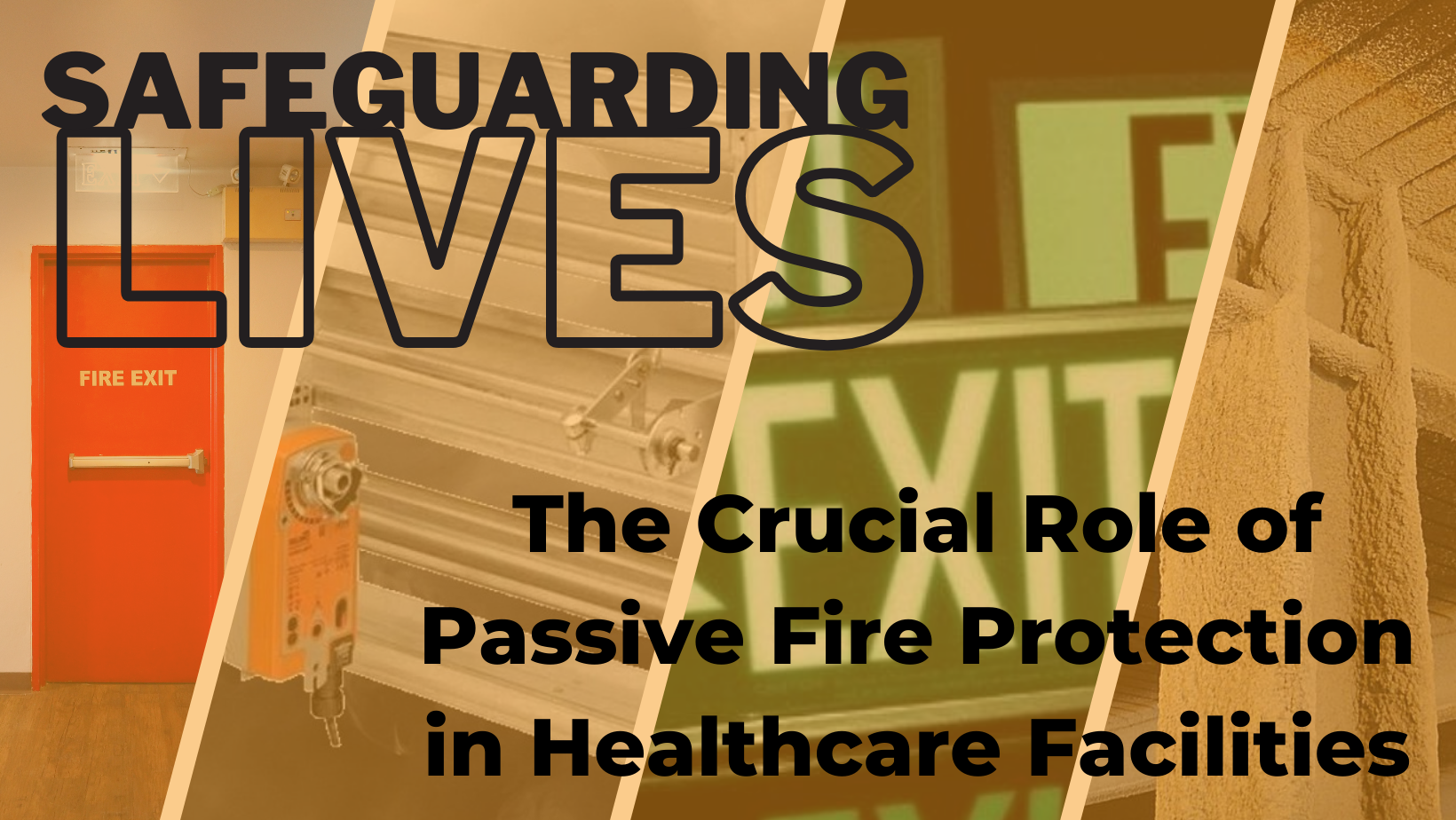
In the intricate ecosystem of healthcare facilities, patient well-being and safety are paramount. While medical advancements and patient care protocols receive significant attention, the importance of passive fire protection often goes unnoticed. LSS Life Safety Services® aims to shed light on the critical role of passive fire protection in healthcare facilities and how it contributes to the overall safety of patients, staff, and valuable assets.
Understanding Passive Fire Protection:
Passive fire protection involves the incorporation of fire-resistant materials, designs, and systems within a building to slow down the spread of fire and smoke. Unlike active fire protection measures, such as fire extinguishers or sprinkler systems, passive fire protection works behind the scenes, providing a continuous barrier against the devastating effects of fire. In healthcare facilities, where the stakes are high and patient safety is paramount, passive fire protection plays a pivotal role.
-
Protecting Vulnerable Patients: Hospitals and healthcare facilities house individuals with varying degrees of mobility, health conditions, and age groups. In the event of a fire, the potential for chaos and panic is heightened. Passive fire protection measures, such as fire-resistant walls, doors, and floors, act as a silent shield, giving patients more time to evacuate safely and allowing healthcare professionals to carry out their duties efficiently.
-
Preserving Critical Infrastructure: Healthcare facilities house critical infrastructure, including advanced medical equipment, sensitive data, and pharmaceuticals. These assets are not only expensive but also crucial for the continuous operation of the facility. Passive fire protection ensures that even in the face of a fire, these critical elements are shielded, reducing the risk of irreparable damage and ensuring that the facility can resume operations swiftly.
-
Ensuring Safe Egress Routes: In emergencies, a swift and orderly evacuation is crucial. Passive fire protection elements, such as fire-resistant doors and stairwells, contribute to the creation of safe egress routes. This is especially important in healthcare facilities where the movement of patients on stretchers or in wheelchairs requires wider pathways and special considerations. By containing fire and smoke, these measures facilitate the evacuation process.
-
Compliance with Regulations: Healthcare facilities are subject to stringent safety regulations and codes. Compliance with these regulations is not just a legal requirement but a moral obligation to prioritize the well-being of patients and staff. Passive fire protection ensures that healthcare facilities meet or exceed these standards, providing peace of mind to administrators, healthcare professionals, and patients alike.
-
Minimizing Business Interruption: The consequences of a fire extend beyond immediate safety concerns. The downtime resulting from a fire incident can have severe implications for patient care, financial stability, and the reputation of the healthcare facility. Passive fire protection measures reduce the extent of damage, minimizing business interruption and allowing the facility to resume normal operations swiftly.
In the complex and demanding world of healthcare, every element of a facility must contribute to the overarching goal of ensuring patient safety and well-being. Passive fire protection stands as an unsung hero in this mission, silently guarding against the unpredictable threat of fire. Recognizing the importance of these measures is not just a matter of compliance; it is a commitment to the preservation of life, the protection of valuable assets, and the continuity of healthcare services even in the face of adversity. As we celebrate the advancements in medical science, let us not forget the foundational role played by passive fire protection in safeguarding the sanctuaries of healing.

